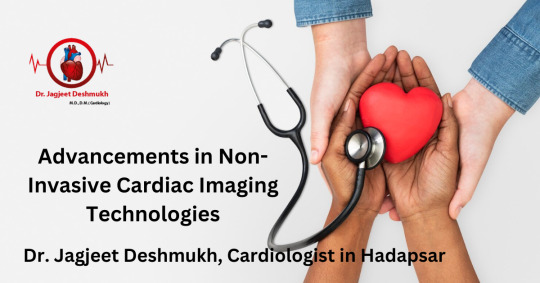Don't wanna be here? Send us removal request.
Text
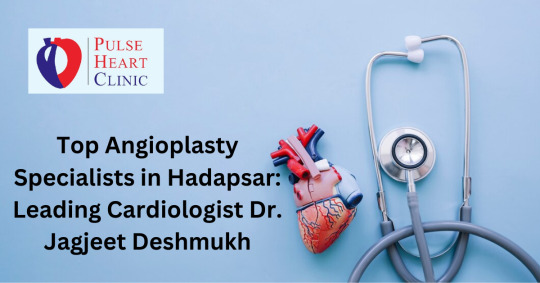
0 notes
Text
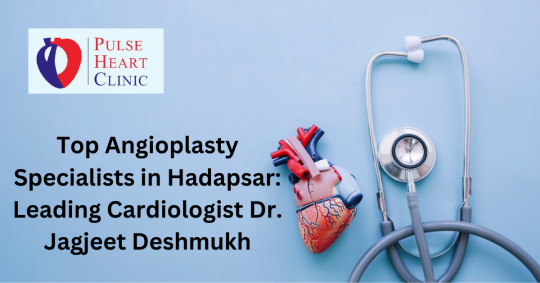
0 notes
Text
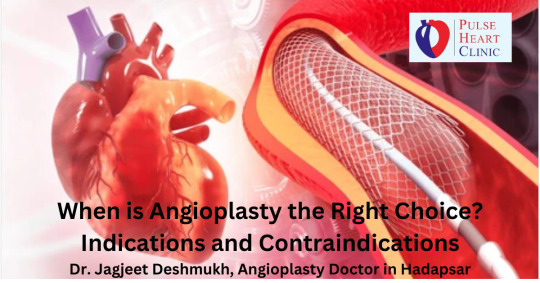
0 notes
Text
0 notes
Text
https://drjagjeetdeshmukh.com/
0 notes
Text
Advancements in Non-Invasive Cardiac Imaging Technologies
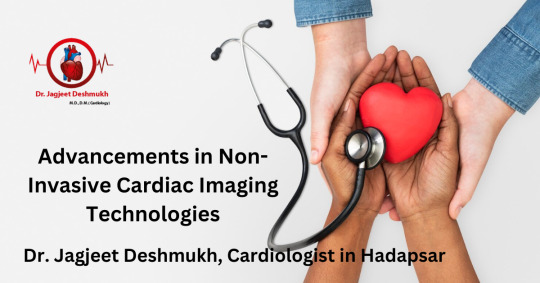
The field of cardiology has witnessed a remarkable transformation with the continual advancements in non-invasive cardiac imaging technologies. In this era of medical marvels, where precision and patient comfort hold paramount importance, these cutting-edge technologies are revolutionizing the diagnosis and treatment of cardiovascular diseases.
Evolution of Non-Invasive Cardiac Imaging
Historical Context
Cardiac imaging has come a long way from its humble beginnings. The journey from invasive procedures to non-invasive techniques has been marked by significant breakthroughs and innovations.
Pioneering Technologies
Early non-invasive technologies, such as electrocardiography (ECG) and chest X-rays, paved the way for more sophisticated and precise imaging modalities.
Importance of Non-Invasive Imaging for Cardiologists
Cardiologists, like Dr. Jagjeet Deshmukh in Hadapsar, understand the pivotal role played by non-invasive imaging. The shift from invasive procedures to non-invasive technologies brings forth a myriad of benefits.
Improved Patient Comfort
Patients experience less discomfort and anxiety with non-invasive procedures, contributing to better overall outcomes.
Reducing Risks Associated with Invasive Procedures
Minimizing the need for invasive interventions decreases the potential risks and complications for patients, ensuring a safer diagnostic process.
Current State of Non-Invasive Cardiac Imaging Technologies
The contemporary landscape of non-invasive cardiac imaging is diverse, offering cardiologists a range of advanced tools to enhance diagnostic accuracy and patient care.
Overview of Prevalent Technologies
From echocardiography to magnetic resonance imaging (MRI), nuclear imaging, and computed tomography (CT), each modality serves a specific purpose in cardiac diagnostics.
Key Features and Benefits
These technologies provide high-resolution images, allowing for detailed assessments of cardiac structures and functions.
Advancements in Echocardiography
High-Resolution Imaging
Modern echocardiography techniques offer unprecedented image clarity, enabling cardiologists to visualize intricate cardiac details.
3D and 4D Echocardiography
The evolution of echocardiography to three-dimensional and four-dimensional imaging provides dynamic insights into cardiac function.
Revolution of Magnetic Resonance Imaging (MRI) in Cardiology
Enhanced Soft Tissue Contrast
MRI's superior soft tissue contrast allows for detailed imaging of cardiac structures, aiding in precise diagnostics.
Functional Cardiac MRI
Functional MRI techniques go beyond anatomy, offering insights into the dynamic functionality of the heart.
Nuclear Imaging Innovations
SPECT and PET Advancements
Single-photon emission computed tomography (SPECT) and positron emission tomography (PET) continue to evolve, offering improved sensitivity and specificity.
Radiation Dose Reduction Strategies
Innovations focus on minimizing radiation exposure, addressing concerns associated with nuclear imaging procedures.
Computed Tomography (CT) in Cardiac Diagnosis
Multislice CT Applications
Multislice CT technology facilitates rapid and detailed imaging of coronary arteries, aiding in the detection of cardiovascular diseases.
Coronary Artery Imaging
CT angiography is increasingly becoming a preferred non-invasive method for assessing coronary artery disease.
Emerging Technologies in Non-Invasive Imaging
Artificial Intelligence Integration
The integration of artificial intelligence (AI) enhances diagnostic accuracy, automating image analysis and interpretation.
Molecular Imaging Breakthroughs
Advancements in molecular imaging allow for the visualization of specific molecular targets, opening new avenues for personalized medicine.
Benefits of Non-Invasive Imaging for Dr. Jagjeet Deshmukh's Practice
Dr. Jagjeet Deshmukh, a progressive cardiologist in Hadapsar, stands to gain numerous advantages by incorporating these non-invasive imaging technologies into his practice.
Streamlining Diagnostics
Non-invasive techniques streamline the diagnostic process, enabling faster and more accurate identification of cardiac conditions.
Enhancing Patient Care Experience
Improved patient comfort and reduced procedural risks contribute to an overall enhanced experience for individuals seeking cardiac care.
Challenges and Limitations
Despite the immense progress, challenges and limitations persist in the widespread adoption of non-invasive cardiac imaging technologies.
Technological Barriers
The high cost and complexity of some technologies pose challenges for widespread implementation, particularly in resource-limited settings.
Cost Considerations
While the benefits are evident, the cost of acquiring and maintaining advanced imaging equipment remains a consideration for healthcare providers.
Future Trends in Non-Invasive Cardiac Imaging
The future of non-invasive cardiac imaging holds exciting possibilities, shaping the landscape of cardiovascular diagnostics.
Personalized Medicine Applications
Advancements in imaging technologies will contribute to tailoring treatment plans based on individual patient characteristics.
Integrating Wearables and IoT
The integration of wearables and the Internet of Things (IoT) will provide real-time data for continuous monitoring and early intervention.
Case Studies and Success Stories
Real-world applications of non-invasive imaging technologies underscore their impact on patient outcomes and the field of cardiology.
Positive Patient Outcomes
Numerous case studies highlight instances where non-invasive imaging played a pivotal role in achieving positive patient outcomes.
Educational Initiatives for Cardiologists
As technology advances, educating cardiologists becomes imperative to ensure seamless integration into clinical practice.
Training Programs for Adopting New Technologies
Structured training programs equip cardiologists with the skills needed to effectively utilize and interpret results from advanced imaging modalities.
Continuous Medical Education Opportunities
Ongoing education ensures that cardiologists stay abreast of the latest developments in non-invasive imaging, fostering a culture of continuous improvement.
Conclusion
the advancements in non-invasive cardiac imaging technologies are reshaping the landscape of cardiology. Dr. Jagjeet Deshmukh, as a forward-thinking cardiologist in Hadapsar, can leverage these innovations to provide superior patient care, combining accuracy with a patient-centric approach.
0 notes
Text
Best Cardiologist in Hadapsar – Dr. Jagjeet Deshmukh
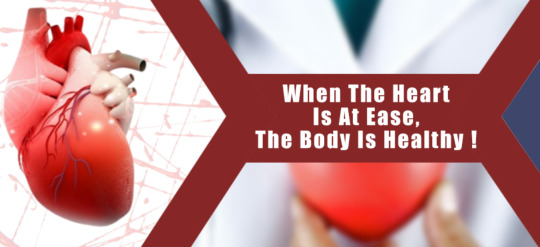
Dr. Jagjeet Deshmukh is an interventional cardiologist who has great experience in invasive and non-invasive cardiology operations. From the Reputed Govt institute of B.J Medical college & the UN Mehta Institute of cardiology, He has Completed his D.M Cardiology. Dr. Jagjeet Deshmukh was a topper in the state in Gujarat University DM super-specialty exam 2011. He has worked at the U.N Mehta Institute of Cardiology and Research Center, Ahmedabad, as an Assistant Professor. Before pursuing cardiology, he also served as Lecturer in Internal medicine at Govt medical college Aurangabad & Latur. Dr. Deshmukh has Great experience in the field of interventional cardiology procedures like coronary angioplasty, coronary angiography, intravascular ultrasound (IVUS), Rota-ablation therapy, Optical Coherence Tomography (OCT) Fractional Flow Reserve (FFR), pacemaker, AICD, peripheral angioplasty, cardiac resynchronization therapy (CRT), balloon valvuloplasty and device closures in congenital heart disease.
Services Dr. Jagjeet Deshmukh provides:
ANGIOPLASTY
ANGIOGRAPHY
HOLTER MONITORING
BALLOON VOLVULOPLASTY
PACEMAKER IMPLANTATION
DEVICE CLOSURE
ELECTROCARDIOGRAM
ANGIOPLASTY
Angioplasty is a surgical operation to open the blood vessels that provide the heart muscle with blood. These vessels in the blood are often referred to as coronary arteries. This operation is sometimes done by doctors shortly after a heart attack. For angioplasty doctor in Hadapsar Dr. Jagjeet Deshmukh is a specialist in it. The procedure is also referred to as percutaneous coronary transluminal angioplasty or coronary percutaneous intervention. In certain cases, following an angioplasty, doctors implant a coronary artery stent. The stent helps to keep the blood circulating and to narrow the artery again.
ANGIOGRAPHY
Angiography is an imaging procedure that uses X-rays to examine blood vessels in your body. The angiography-provided X-rays are called angiograms. This test is used to study many parts of the body, including your brain, heart, abdomen, and legs, for narrow, blocked, swollen, or malformed arteries or veins.
A procedure to find out whether you have a blockage in a coronary artery is coronary angiography. If you have unstable angina, atypical chest pain, aortic stenosis, or unexplained heart failure, the doctor will be concerned that you are at risk of a heart attack.A contrast dye will be pumped into your arteries through a catheter (thin, plastic tube) during coronary angiography, while your doctor monitors blood flow through your heart on an X-ray screen.
ELECTROCARDIOGRAM
An electrocardiogram is a simple, painless test that tests the electrical activity of your heart. It’s known as an ECG or an EKG, too. Each heartbeat is triggered by an electrical signal which begins at the top of your heart and travels to the bottom. Heart conditions also impact the heart’s electrical activity. Dr. Jagjeet Deshmukh is well-known echo doctor in Hadapsar. Being a expert echo doctor in Hadapsar Dr. Jagjeet Deshmukh provides the most cutting edge echo treatment.
Dr. Deshmukh is one of the Best cardiologists in Hadapsar who is trained in advanced echocardiography techniques like trans-thoracic and trans-esophageal 3D echocardiography. He has many publications in reputed national and international cardiology-related journals. He is actively working in Sahyadri Hospital, Pune apart from many other cardiac centers in East Pune, and he is known as a Heart Specialist in Hadapsar. He is also visiting a cardiologist in Niramay Hospital, Paredes Hospital Osmanabad, Suvidha hospital Barshi and other centers in the nearby area. His special interests are in Primary PCI in Myocardial infarction & heart failure emergencies.
1 note
·
View note
